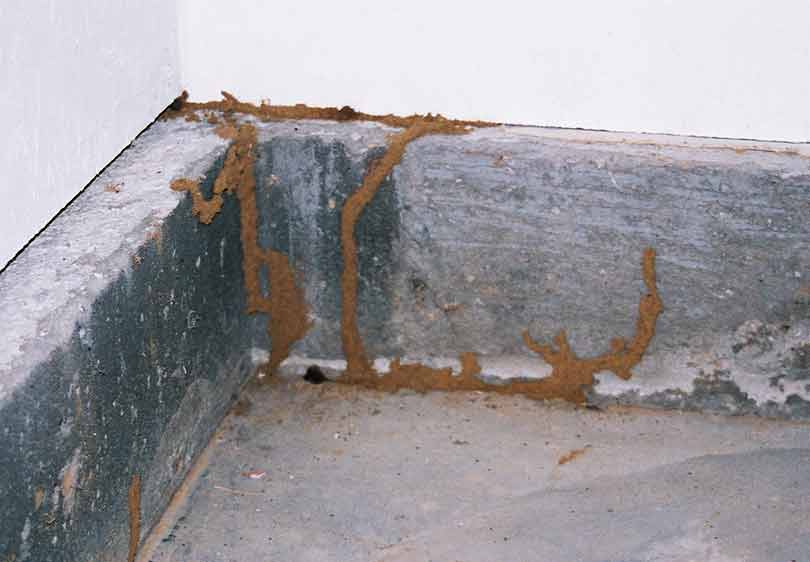Effective Bug Control Solutions for Vole Infestations

In the realm of insect control, vole invasions offer a distinct difficulty that demands a tactical method. By delving into the details of vole behavior and checking out an array of control methods, a detailed insect management strategy customized to these evasive animals can be crafted. From natural repellents to innovative trapping strategies, the arsenal versus vole invasions is multi-faceted.
Comprehending Vole Behavior
Voles, little rodents typically discovered in fields and gardens, display distinctive behavior patterns that are crucial to comprehend when carrying out parasite control steps - vole control service. These creatures are respected miners, producing a comprehensive network of tunnels underground where they nest, store food, and seek sanctuary from predators and harsh weather. Voles are herbivores and mainly feed upon turfs, light bulbs, seeds, and origins, making gardens and fields excellent habitats for them
One trick actions of voles is their fast rate of recreation. Women can provide birth to multiple clutters annually, with trash dimensions varying from three to 6 puppies. This high reproductive capability allows vole populations to rapidly increase, resulting in invasions if left untreated.
Understanding vole actions additionally includes recognizing their patterns of movement and foraging. Voles produce surface area runways in verdant locations as they travel between their burrows and food resources. By observing these paths and the areas of burrow entries, pest control specialists can determine high-traffic locations and strategically area traps or deterrents to efficiently handle vole populaces.
Natural Repellents and Deterrents
With an understanding of vole actions as a structure, checking out all-natural repellents and deterrents comes to be necessary in properly managing vole invasions in fields and yards. Natural repellents provide a environmentally pleasant and lasting technique to discouraging voles without creating harm to other wild animals or the community. Planting daffodils, crown imperials, or various other vole-resistant light bulbs can assist keep voles away because of their unattractive preference and scent. Furthermore, integrating predator urine, such as that of prairie wolves or foxes, around the garden border can develop an all-natural barrier that signifies danger to voles, urging them to steer clear of.
Moreover, making use of castor oil-based repellents can disrupt vole tunnels as they find the scent and preference unpleasant, motivating them to relocate. Mulching with materials like crushed rock, lava rocks, or rugged sand can likewise deter voles as they do not like digging with these rough substances. Carrying out a combination of these natural repellents and deterrents can assist efficiently take care of vole populaces in a safe and sustainable fashion, guarding plants and yards from vole damage.
Capturing Techniques for Voles

Break traps are created to important link eliminate voles immediately upon activation. These catches must be put in locations where voles are recognized to travel, such as close to burrow entries or along their runways. It is important to inspect snap traps consistently and deal with any type of captured voles immediately to see this page make certain the effectiveness of the trapping procedure.
Live catches are an extra gentle choice for those who wish to catch voles without hurting them. Once a vole is caught in a real-time trap, it can be safely moved to a different location and released unscathed. Live traps should be inspected regularly to stop stress or damage to the caught voles.
When establishing catches for voles, it is crucial to consider their behavior and habits to enhance the chance of success (vole control utah county). By utilizing the suitable trapping strategies, vole populaces can be efficiently taken care of, lowering the damage they cause to farming and garden locations
Carrying Out Physical Obstacles
To even more fortify the protection against vole problems, the strategic execution of physical barriers becomes a proactive step to secure agricultural and garden areas. Physical barriers such as cable mesh, equipment cloth, or fences can be mounted below ground to avoid voles from burrowing into yards or areas. Burying these barriers a minimum of 12 to 18 inches deep and angling them external can effectively deter voles from tunneling into the safeguarded location. Furthermore, constructing fencings with small mesh size at the base can hinder the voles' ability to access the vegetation above ground level.
Moreover, the usage of tree guards or trunk covers constructed from metal or plastic can protect tree trunks from vole damages throughout winter season months when various other food resources are scarce. These guards need to extend over the expected snow line to prevent voles from gnawing on the bark. Routine examination and maintenance of these obstacles are vital to ensure their proceeded performance in discouraging vole invasions and shielding valuable plants and plants.
Integrated Pest Administration Strategies
Integrating numerous insect control methods, including biological controls, habitat control, and monitoring, develops the basis of efficient Integrated Pest Administration approaches for dealing with vole infestations. Biological controls use this link entail presenting all-natural predators of voles, such as owls or serpents, to the affected location to assist reduce vole populations. Habitat manipulation concentrates on customizing the atmosphere to make it less desirable for voles, such as decreasing ground cover or getting rid of food resources. Tracking plays an important function in Integrated Pest Monitoring by permitting the early discovery of vole invasions and evaluating the efficiency of control methods employed.
Verdict
Finally, effective bug control solutions for vole infestations entail recognizing vole behavior, using natural repellents and deterrents, carrying out trapping techniques, and establishing physical barriers. Integrated pest monitoring techniques can likewise be used to deal with vole problems thoroughly. By incorporating these techniques, property proprietors can properly handle and alleviate vole populations without the need for extreme pesticide usage.
With an understanding of vole actions as a foundation, exploring all-natural repellents and deterrents becomes vital in efficiently handling vole problems in fields and yards. Applying a combination of these natural repellents and deterrents can aid efficiently manage vole populaces in a sustainable and safe way, securing crops and gardens from vole damage.
Integrating different pest control techniques, including organic controls, habitat control, and tracking, develops the basis of efficient Integrated Insect Management strategies for attending to vole invasions. Organic controls involve introducing natural predators of voles, such as serpents or owls, to the damaged location to assist minimize vole populations (vole control utah).In final thought, reliable bug control solutions for vole infestations involve understanding vole behavior, using natural repellents and deterrents, carrying out trapping techniques, and setting up physical barriers